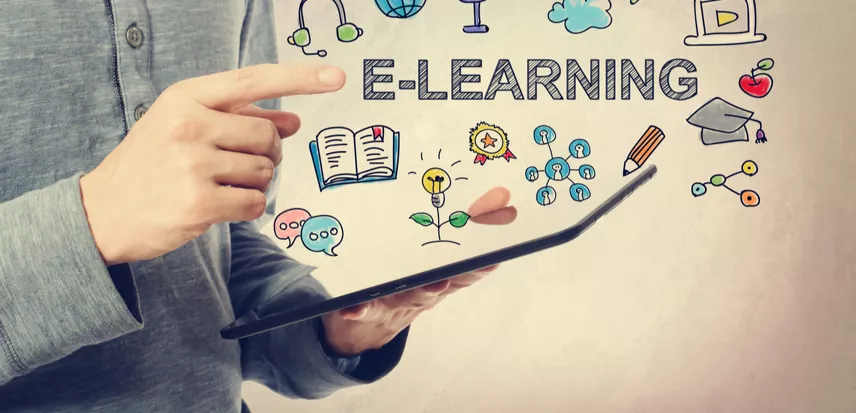

eLearning, or electronic learning, is the delivery of learning and training through digital resources. Although eLearning is based on formalized learning, it is provided through electronic devices such as computers, tablets and even cellular phones that are connected to the internet. This makes it easy for users to learn anytime, anywhere, with few, if any, restrictions. Basically, eLearning is training, learning, or education delivered online through a computer or any other digital device.
eLearning is the short for electronic Learning, a learning process which is delivered via digital devices over the internet or via digital files on the devices.
A very easy and on-demand learning experience for the students, it empowers learns to consume knowledge at the time and place of their choice at a time that’s convenient to them.
The last decade has seen a lof of improvements and innovation in the Education space, and more importantly Learning & Development.
The term ‘eLearning’ was coined by Elliott Masie an educational technology expert with decades of experience in the Learning and Development space, in November 1999, when he delivered his speech at the TechLearn Conference.
In 2000, e-learning was revolutionized as a technology with the release of OLAT, the first open source learning management system. That year also saw the release of the first version of SCORM, a standard that prescribed the content distribution methodology between different LMSs.
As we all know, with the advancement in technology and telecommunications, eLearning industry has exploded, with learners now able to consume knowledge from a wide variety of sources.
Benefits of eLearning for Businesses
eLearning, today is widely used by many companies, from large corporations to small startups, to manage employee’s learning and development, upskill them, teach new skills and for career advancements.
Business lay a lot of emphasis on eLearning and make large investments on the same, due to some simple reasons as below:
1. Lower training costs
Considerable reduction in the training costs, since a large number of audience can be simulatesouly connected to the learning platform, even remotely.
2. Wider coverage
Employees could get connected to the learning platform remotely and per their convenience
3. Single and updated knowledge base
The entire learning material needs to be hosted only at one central location (the server) and can be updated by anyone from the organization as per the needs.
4. Faster employee development
Traditional learning methods can get quite slow in their delivery, as against an LMS which is always avaialble and at the disposal of the learner, hence making the learning and development process comapritively a lot faster.
5. Easy progress tracking
Coaches / Trainers / Educators can almost always stay updated on the progress made by the learners, even on a real time basis.
Learning delivery types in eLearning:
While the contents of the courses / learning journey is expected to be designed or curated by the Trainer(s)/ Coache(s), eLearning supports vareity of formats in which the courses can be delivered.
1. Digital courses such as presentations, vidoes, audio clips etc..
2. Quizes or assessments
3. Webinars and live video Conferences
4. eBooks and podcasts
5. Learning in Metaverse
We at skolar.li, are making our contributions to the eLearning industry by providing an intutive Learning Experience platform to the trainers / coaches, reach out to us for your copy.